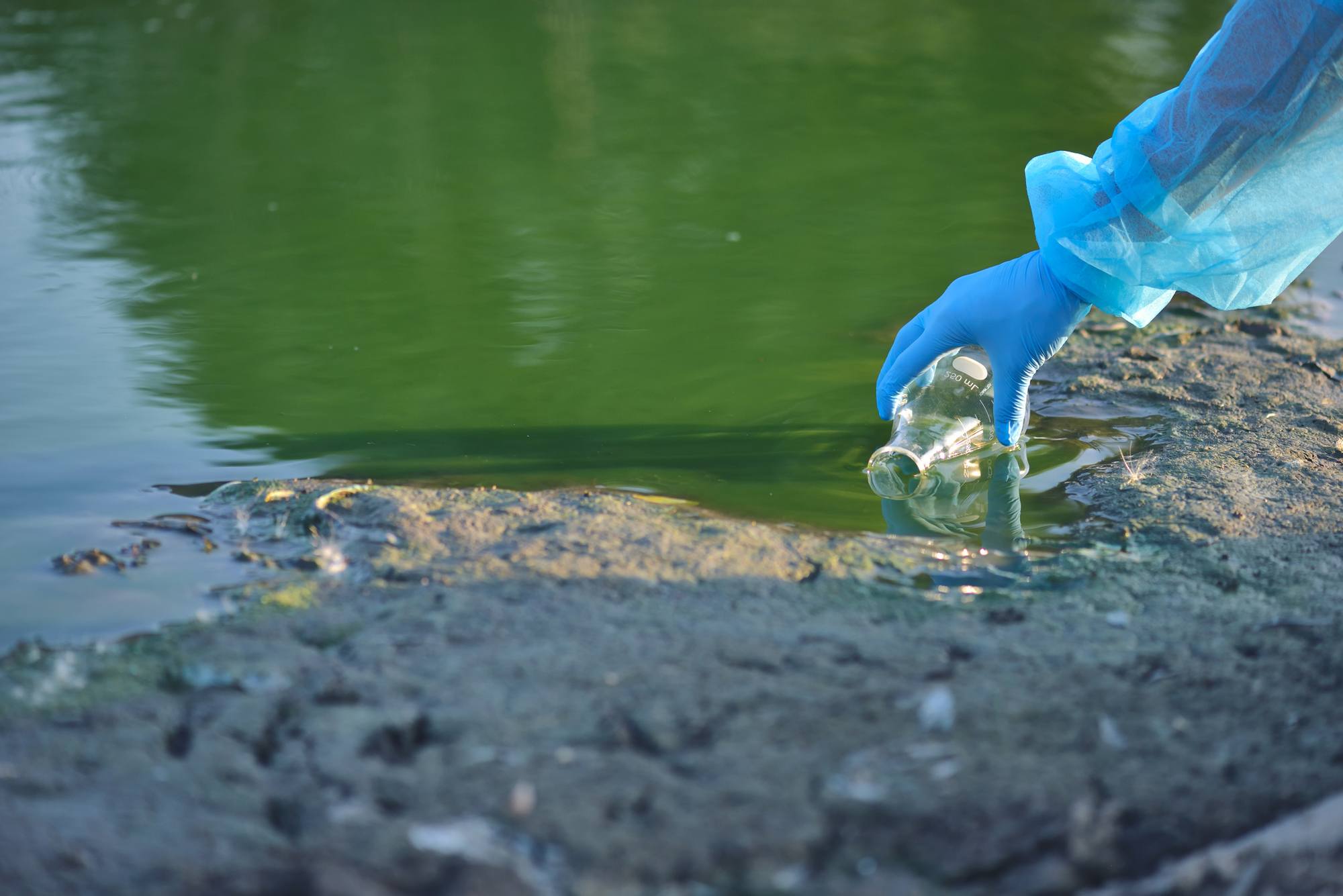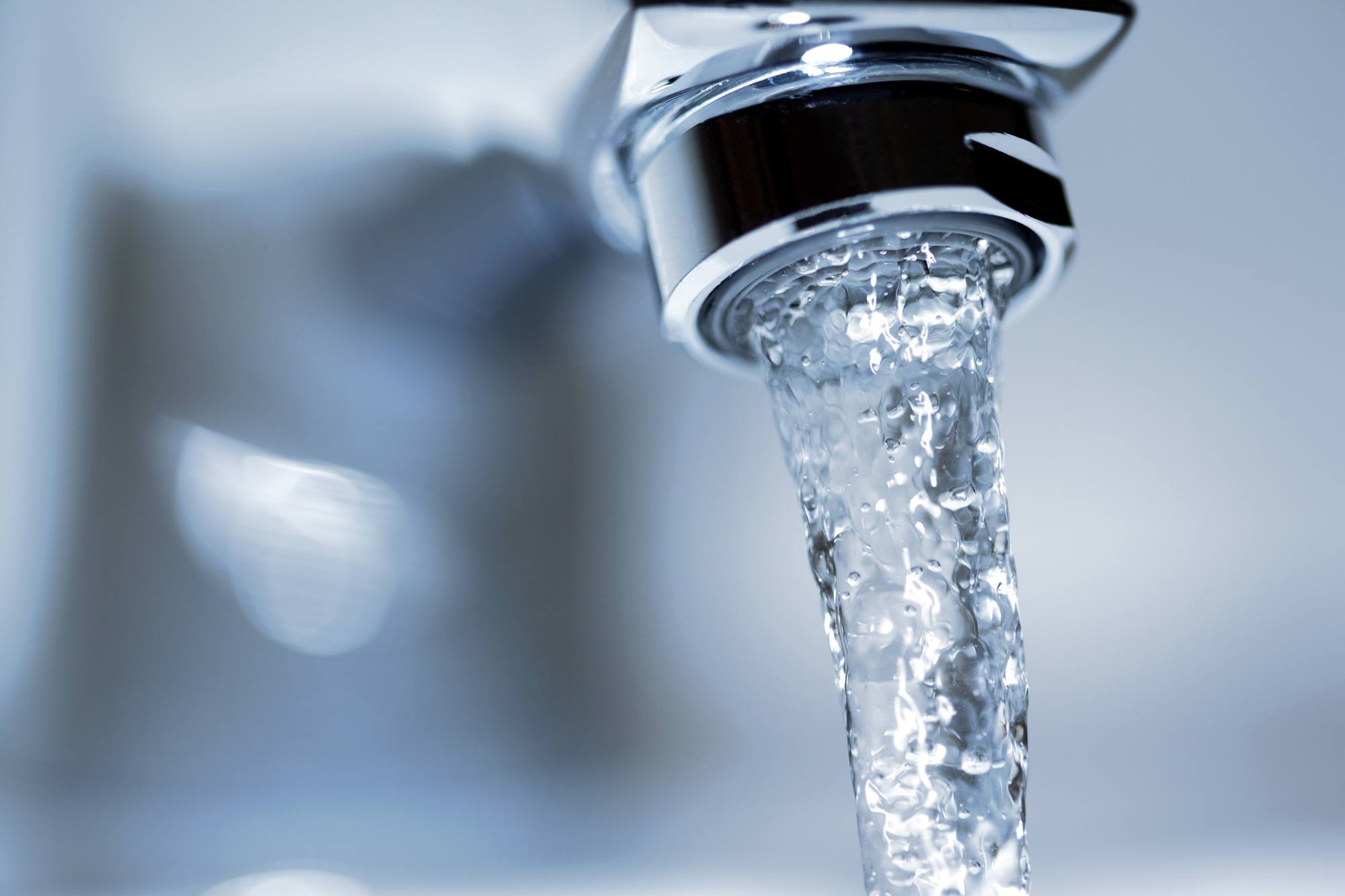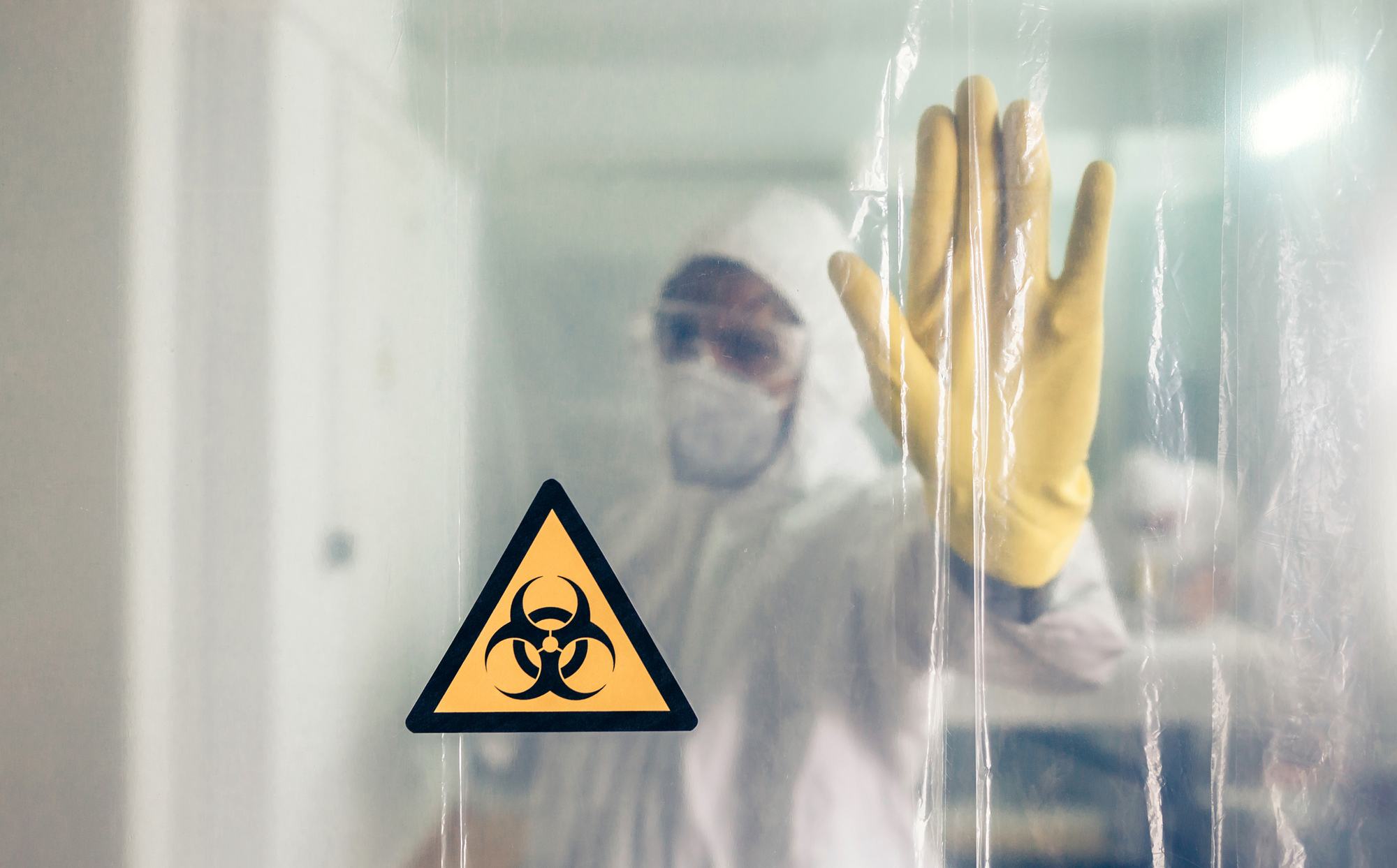
Education
Patient Populations and Pathogen Risk
Healthcare facilities worldwide face many challenges while working to keep their patients safe, and some patient populations are more at risk than others. With so many threats to infection control out there, waterborne pathogens tend to be overlooked. These include the bacteria lurking in premise plumbing systems or thriving in faucets of cleaning stations, all of which pose a serious risk to immune-compromised patient populations.
This resource raises awareness of the dangers of waterborne pathogens and highlights the importance of preparing for outbreaks before they happen.
Want to learn more?
Contact us to discuss potential risks to your facility’s patient populations
Quick Reference for Healthcare Facilities
Areas of High Risk
- Neonatal Intensive Care Unit (NICU)
- Pediatric Intensive Care Unit (PICU)
- Surgical Intensive Care Unit (SICU)
- Post-Anesthesia Care Unit (PACU)
- Bone Marrow Transplants (BMT)
- Transplant units (solid organ)
- Oncology
- Burn units
- Dialysis
- Emergency room
Pathogens of Concern
- Legionella
- Pseudomonas
- Nontuberculosis mycobacteria (NTM)
- E. Coli
- Acinetobacter
- Burkholderia
- Klebsiella
- Acanthamoeba
- Hartmanella
- Stenotrophomonas
- Elizabethkingia
At-Risk Patient Populations
The patient populations most at risk of healthcare-associated infections (HAIs) are frequent visitors to healthcare facilities like hospitals and emergency rooms. These include elderly patients, infants in neonatal care units, and surgery patients.
Waterborne pathogens affect patient populations in different ways. For example, elderly patients may find themselves more susceptible to pneumonia caused by Legionnaires’ disease as a result of exposure to Legionella. Newborns in neonatal units and pediatric patients can be threatened by Klebsiella pneumonia, both as an aerosolized pathogen and one spread during invasive procedures. Some forms of Nontuberculosis mycobacteria (NTM) are also a danger for surgery patients due to their ability to travel through air or water. Bolstered infection control in one at-risk unit does not guarantee the safety of patients in another area of the building, as cross-contamination can spread pathogens facility-wide. Facilities that are cognizant of these risks and take a proactive approach to waterborne pathogen screening and monitoring are prioritizing patient safety and mitigating risks of HAIs.
Healthcare facilities must perform a facility assessment, ensuring that existing control measures, like filtration, exist at sinks, showers, and ice machines in areas housing higher acuity patients. Routine screening for waterborne pathogens is a must, and filtration at critical control points serves as a secondary barrier to prevent pathogens from ever reaching patients most at-risk.
Not If, But When
Patients come in contact with water daily, may it be by way of drinking, washing, or bathing. Similarly, doctors and surgeons rely on water for cleaning surgical equipment and wounds. One way that facilities can reduce risk is to build a robust water management plan from the mindset of, “not if an outbreak occurs, but rather when an outbreak occurs”. A plan built from this frame of mind will include routine water testing, filtration at critical control points in at-risk units, and point-of-use filtration on hand in case of emergency or brown water event.
Important questions for a healthcare facility to ask:
- Does your facility have areas of high risk?
- What control measures and parameters are already in place?
- Are you screening for pathogens as a control measure?
Want to know more?
Reach out to discuss a facility audit and learn where to have filtration on hand


